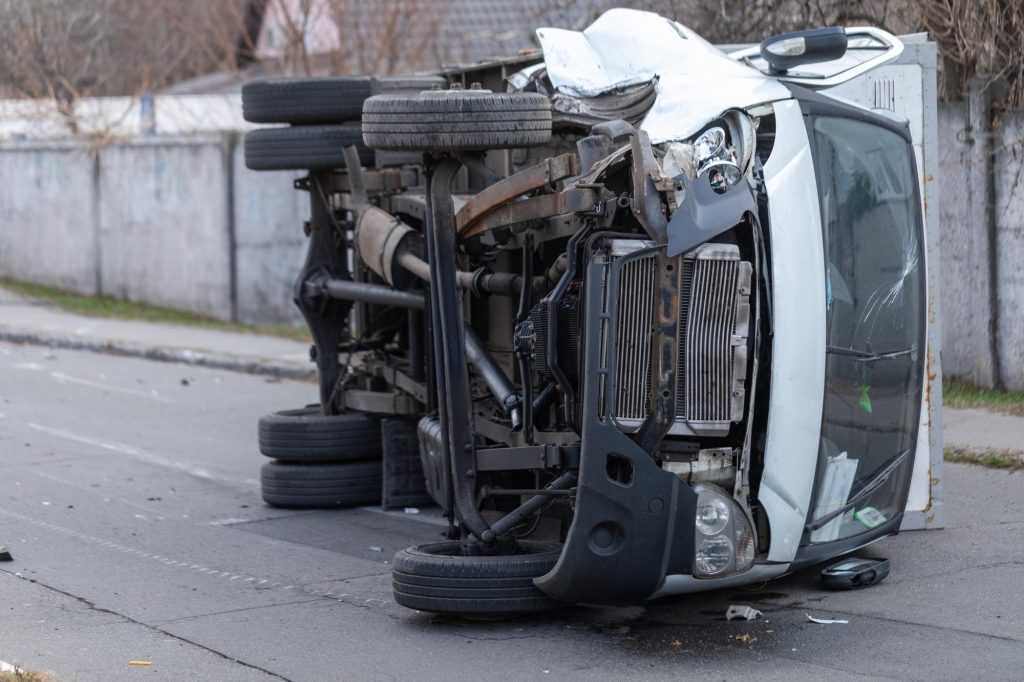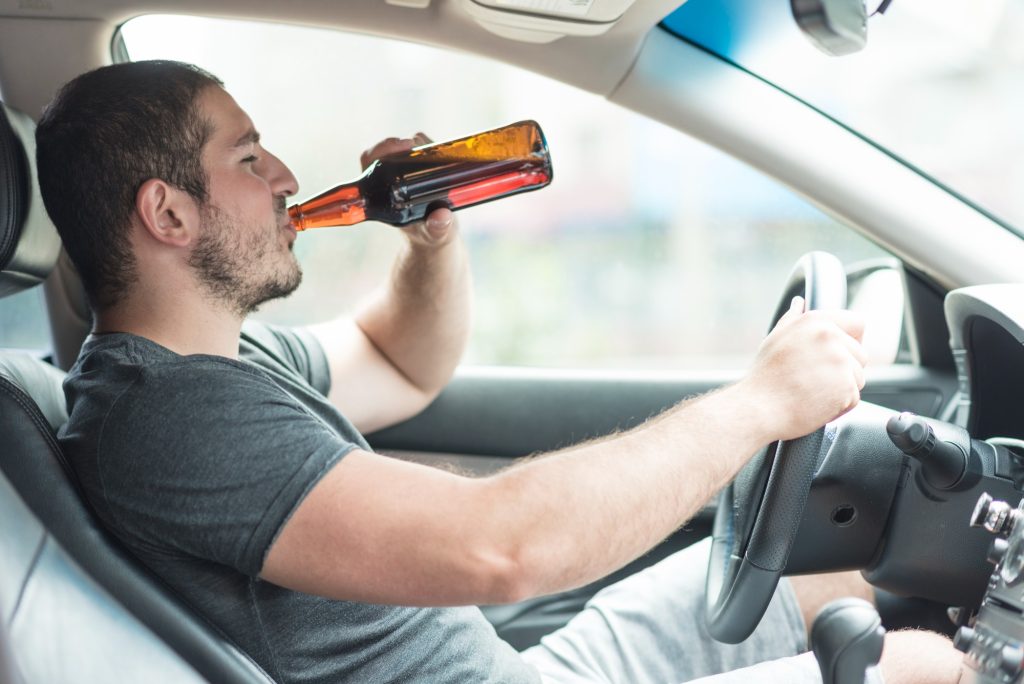Motorcycle Accident
Unique Challenges
Riding a motorcycle presents a range of unique challenges that are not faced by drivers of other vehicles. As a motorcyclist, you are more exposed to the elements and lack the protective barriers that cars provide. Additionally, motorcycles are smaller and less visible than cars and trucks, which can increase your risk of motorcycle accident and injury on the road. Recognizing these challenges is an important first step in mitigating the risks of riding a motorcycle.
By understanding the unique challenges that you face as a motorcyclist, you can take a more defensive and cautious approach to your riding. This means being vigilant about other drivers on the road, staying alert and focused, and anticipating potential hazards or dangerous situations. By doing so, you can better prepare yourself to respond quickly and effectively to any challenges that arise while riding your motorcycle.
Factors Contributing To Motorcycle Accidents
Many factors can contribute to motorcycle accidents, and as a motorcyclist, it’s important to be aware of these risks. Speeding distracted driving, driving under the influence, and not wearing appropriate safety gear are all common contributing factors to motorcycle accidents. Additionally, poor weather conditions, hazardous road conditions, and the design of the motorcycle itself can also increase the risk of accidents.
To minimize your risk of being involved in an accident, it’s important always to wear a helmet and other appropriate safety gear, avoid distracted driving and follow traffic laws and speed limits. You should also be mindful of road and weather conditions and adjust your driving accordingly. By being aware of the factors that contribute to motorcycle accidents and taking steps to address these risks, you can significantly reduce your risk of being involved in a serious accident while riding your motorcycle.
Mitigating Risks Through Proper Gear and Equipment
Proper gear and equipment are essential for mitigating the risks of riding a motorcycle. As a motorcyclist, you are aware that wearing a full-face helmet, motorcycle jacket, gloves, and boots can significantly reduce the risk of injuries in the event of an accident. The helmet is the most important piece of safety gear, as it can protect your head and brain from severe injuries. Additionally, wearing high-visibility gear can make you more visible to other drivers on the road, which reduces the risk of accidents caused by other drivers not noticing you.
Properly maintaining your motorcycle is also important for mitigating risks while riding. Regular maintenance can help ensure that your motorcycle is in good working order and less likely to malfunction while on the road. By investing in high-quality gear and equipment and properly maintaining your motorcycle, you can significantly reduce the risk of accidents and injuries while riding.
Defensive Riding Techniques for Motorcyclists
In order to reduce the risks of accidents on the road, it’s crucial to practice defensive riding techniques as a motorcyclist. Defensive riding means being aware of your surroundings and anticipating potential hazards. One crucial technique is to maintain a safe following distance behind other vehicles, giving yourself enough time to react where there are sudden stops or swerves.
Additionally, always scan the road ahead for potential hazards, such as potholes, debris, or other obstacles. Be mindful of blind spots and avoid riding in them whenever possible. Using your motorcycle’s headlights and signals can also make you more visible to other drivers on the road. Finally, stay alert and focused, and be prepared to react quickly to unexpected situations. Practicing these defensive riding techniques can significantly reduce the risk of getting involved in a motorcycle accident.
Tips For Riding in Adverse Weather Conditions
As a motorcyclist, you’ll likely face a variety of weather conditions when riding. Adverse weather conditions, like rain, snow, and high winds, can be especially challenging to ride in. To mitigate the risks of riding in adverse weather conditions, it’s important to prepare properly. Here are some tips:
- Make sure that you have the proper gear for the weather conditions you’ll be facing, including a waterproof jacket and pants, boots with good traction, and gloves that provide sufficient warmth.
- Check your motorcycle’s tires and brakes before riding in adverse weather conditions, as they can be affected by wet or icy roads.
- When riding in rain or snow, reduce your speed and increase your following distance to allow for longer stopping times.
- Be mindful of road conditions and look out for standing water or icy patches.
- Be extra cautious when riding in high winds, as they can cause your motorcycle to drift or sway. In these conditions, it’s best to slow down and maintain a strong grip on the handlebars.
By taking these precautions, you can ride safely in adverse weather conditions and reduce your risk of accidents.
Frequently Asked Questions and Answers About Unique Challenges Faced By Motorcyclists
Q: What are the most common challenges faced by motorcyclists?
Ans: Motorcyclists face a variety of challenges on the road, including poor visibility, lack of protection from other vehicles, and unstable road conditions.
Q: How can motorcyclists improve their visibility on the road?
Ans: Motorcyclists can improve their visibility by wearing brightly colored clothing and using reflective materials on their gear. Additionally, using headlights and turn signals can make them more visible to other drivers.
Q: What are some common factors that contribute to motorcycle accidents?
Ans: Factors that contribute to motorcycle accidents include speeding, reckless driving, poor road conditions, and driver inattention or distraction.
Q: How can motorcyclists mitigate the risks of accidents on the road?
Ans: Motorcyclists can mitigate the risks of accidents by wearing proper protective gear, maintaining their motorcycles in good condition, practicing defensive riding techniques, and staying alert and focused on the road.
Q: What are some defensive riding techniques that motorcyclists can practice?
Ans: Defensive riding techniques include maintaining a safe following distance, scanning the road ahead for potential hazards, being mindful of blind spots, and using headlights and signals to make yourself more visible to other drivers.
Q: How can motorcyclists ride safely in adverse weather conditions?
Ans: To ride safely in adverse weather conditions, motorcyclists should wear appropriate gear, check their motorcycle’s tires and brakes, reduce speed and increase following distance in rain or snow, and be extra cautious in high winds.
If you or a loved one have been injured in a motorcycle accident, now is the right time to seek help. Contact Pam Olsen, Esq. today for free consultation at (352) 671-9777. Or if you prefer, you can complete this simple contact form and she will be in touch right away.
 CALL US NOW
CALL US NOW




